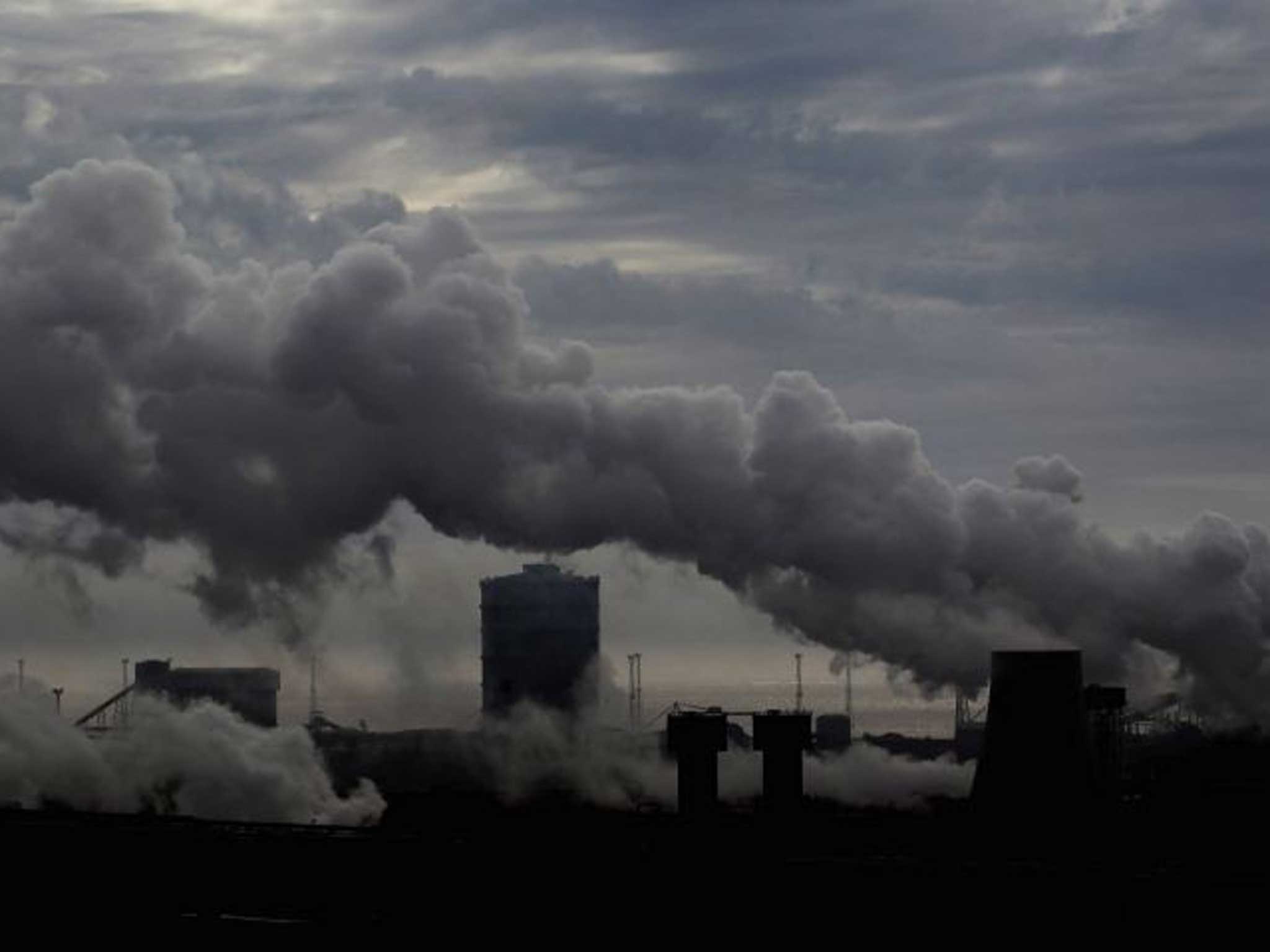The age of Anthropocene: Was 1950 the year human activity began to leave an indelible mark on the geology of Earth?
Scientists mull a new epoch defined by mankind's dominance of the planet

Your support helps us to tell the story
From reproductive rights to climate change to Big Tech, The Independent is on the ground when the story is developing. Whether it's investigating the financials of Elon Musk's pro-Trump PAC or producing our latest documentary, 'The A Word', which shines a light on the American women fighting for reproductive rights, we know how important it is to parse out the facts from the messaging.
At such a critical moment in US history, we need reporters on the ground. Your donation allows us to keep sending journalists to speak to both sides of the story.
The Independent is trusted by Americans across the entire political spectrum. And unlike many other quality news outlets, we choose not to lock Americans out of our reporting and analysis with paywalls. We believe quality journalism should be available to everyone, paid for by those who can afford it.
Your support makes all the difference.It was the year that the Cold War turned hot in Korea and Albert Einstein famously warned of nuclear armageddon, as Bob Hope made the world laugh, the Andrews Sisters sang "I Wanna Be Loved" and England lost 1-0 to the USA at the World Cup in Brazil.
But 1950 may also have been the year that human activity began to leave an indelible mark on the geology of planet Earth, indicating a visible shift in the balance of power from nature to mankind.
Scientists are now considering a formal declaration that 1950 marked the dawn of a new geological epoch called the Anthropocene – a time defined by humans' dominance of the planet.
After the Second World War, there were dramatic increases in the human population, new technologies and industries as well as pollution and waste, in a time known as the "Great Acceleration". Forests were felled, oceans scoured for fish, and countless species driven to the brink of extinction and beyond.
Such changes are already visible in the sediments that will form the rocks and fossils of the future, and some experts argue they form just as important a boundary as those between previous periods, such as the Jurassic and the Triassic. They now believe it is time to call an end to the 11,000-year-old Holocene.
Dr Jan Zalasiewicz, chair of the Anthropocene Working Group of the International Commission on Stratigraphy (ICS), said: "The evidence is pretty good that humans have changed the Earth pretty substantially and in novel ways. We're culturally evolving many times faster than biological evolution and that's driving this whole Earth-system change... where it's going to go is anybody's guess.... We have to become wise enough to manage the changes that we're creating."
At a European Geosciences Union meeting in Vienna last week, Dr Zalasiewicz revealed that the group was leaning towards 1950 as the start date for the Anthropocene, rather than alternative suggestions such as the birth of the steam age in the late 18th century or the creation of agriculture thousands of years ago.
One global marker from the mid-20th century is the radioactivity from open-air atom bomb tests. But perhaps the most profound change has been the rise in greenhouse gas emissions, driving up the average global temperature. Pollution has turned our air into a toxic soup, causing one in eight deaths on the planet.
As the oceans have absorbed more carbon dioxide, they have become more acidic, endangering coral reefs and shellfish. The amount of plastic dumped in the ocean has also grown at an alarming rate. The Great Pacific Garbage Patch – where rubbish is collected by the circulating currents – has been estimated at twice the size of the continental United States.
On land, people are responsible for moving about 10 times as much rock and earth as natural phenomena such as tectonic plates, volcanoes and landslides. Humans make up about a third of the total body mass of large animals, with domestic livestock making up most of the rest. Wild animals represent about 3 to 5 per cent.
The scientists' latest thoughts on the issue will be published in a forthcoming book called A Stratigraphic Basis for the Anthropocene.
Dr Zalasiewicz, of Leicester University, said there was still debate over whether the changes were so profound that they represented a new epoch. "There has to be a clear dividing line … a geologist in the field or in the lab should be able to put his finger on it and say 'It's here'," he said.
For some in the working group it is too soon for a change. Professor Philip Gibbard, of Cambridge University, said that while he did not want to downplay humanity's impact, he disagreed "very strongly" that man has created a "separate period of time".
Join our commenting forum
Join thought-provoking conversations, follow other Independent readers and see their replies
Comments